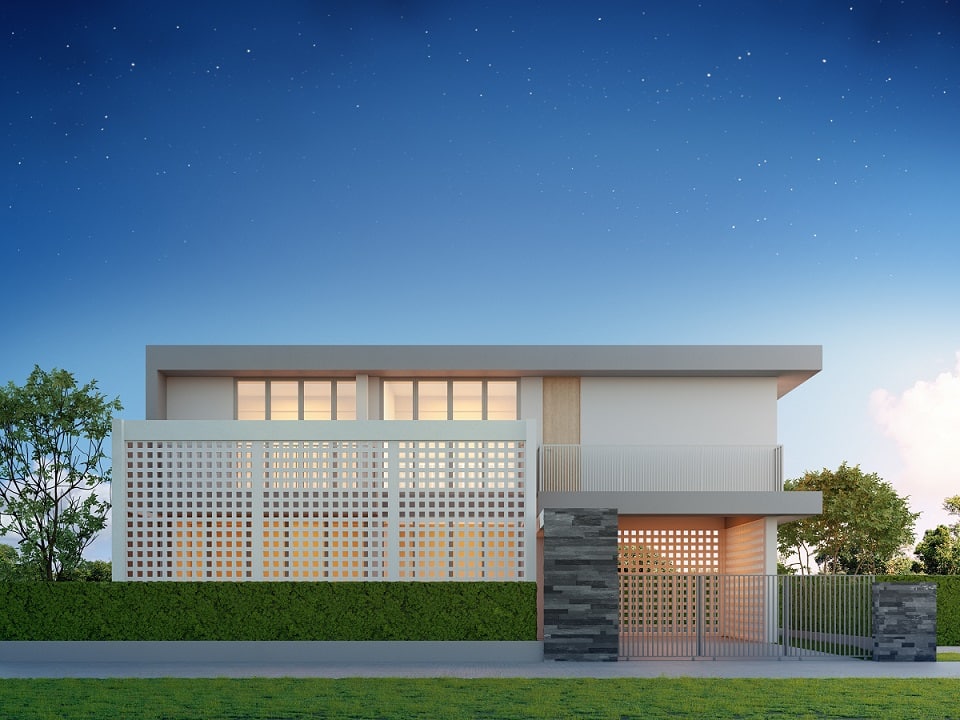
A solution to the housing affordability puzzle could be on our doorstep.
Official sources report that baby boomers (born 1946 to 1964) account for a quarter of the population, but they possess more than half the nation’s wealth.
Analysts suggest that the boomers have been the beneficiaries of a 50-year economic miracle, and they are unlikely to ease out of this accumulating any time soon.
Hope springs eternal for emerging generations
But there is hope for the emerging generations whose wealth has stagnated.
The households of Australians aged 55-plus currently own a combined $2.8 trillion and over the next decade will pass on much of this.
By the time they move from the growing to the spending side of this accumulation, it will have exceeded the more than $3 trillion level.
Therefore, the next 10 years at least will see the biggest intergenerational wealth transfer in Australia’s history and many of the younger generations will be the main beneficiaries.
The revelation is nothing new as financial experts have spoken of the importance of planning.
In terms of wealth creation, frugality was the cornerstone for most adults in the 1930s through to the 1950s. Their children grew up with a far less stringent attitude to money. The post-war generation — today’s baby boomers – reaped the benefits of their parents ‘work hard and save’ ethic.
This concept has more than paid off. The figure of national property assets that are likely to change hands by 2025 is estimated at more than $400 billion.
Piecing together the wealth transfer puzzle
A combination of rising property prices, an ageing population and high homeownership rates will produce a perfect storm with record intergenerational wealth transfer or inheritance.
Industry data shows that the wealthiest Australians were elderly couples whose net worth had surged 70 per cent in the previous two decades – largely due to the appreciation in house prices and changes in the superannuation arrangements.
Interestingly, Australians pocketed a 21 per cent increase in pay during this period, but families were paying twice as much for childcare and were relying more on grandparents as carers. More than a quarter of families rely on grandparents for an average of 14 hours of care each week. Not much has changed since then.
With one in 10 homes tipped to be given away, housing inheritance is predicted to more than double by the year 2025.
Of course, there are variables (releasing equity, aged care, improvements in life expectancy and housing debt) in the equation. But it’s reasonable to expect that the value of wealth transfer will only rise exponentially.
Beware: inheritance is not always guaranteed
The inheritance that may never come is another issue for Generation Y.
Affordability studies show that around 90 per cent of Gen Y aspire to own their home, but the gap between their deposit and what was required was the biggest barrier. The average deficit was $50,000.
Of those Gen Ys already in their own home, 38 per cent received financial assistance from parents or grandparents. But for those yet to enter homeownership, almost 60 per cent felt they were unlikely to receive any intergenerational assistance and, consequently, stop them from ever entering homeownership.
Also complicating the equation is that Australians are buying their first home at an older age. The downside to this is that they could still be paying off their home when they reach retirement age, meaning the transfer of wealth to children was also unlikely.



